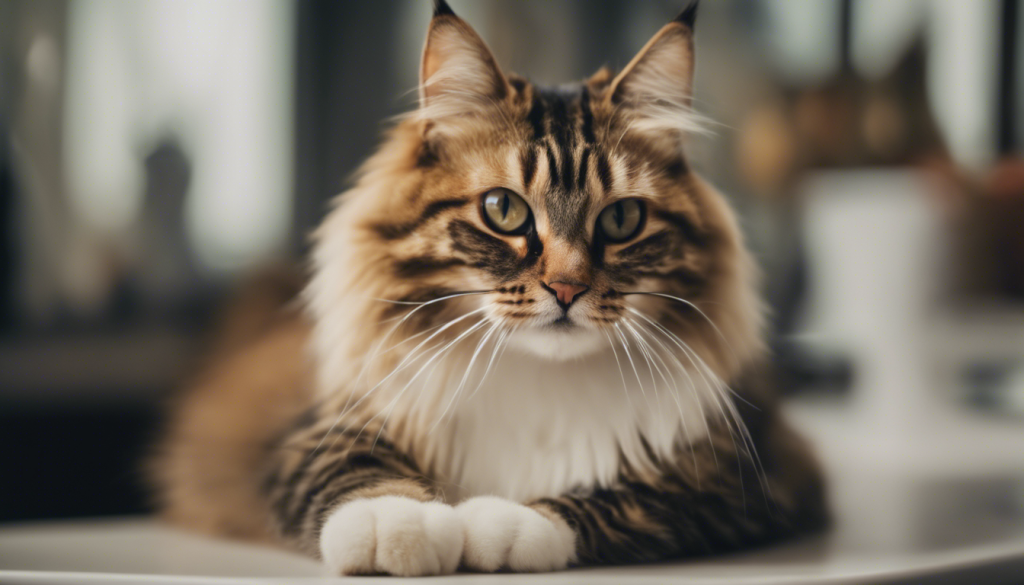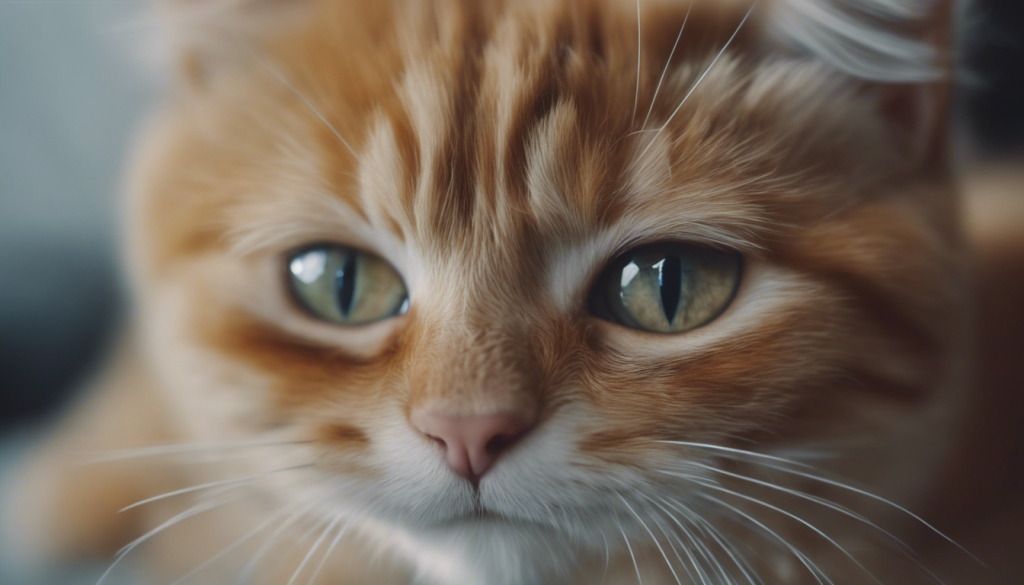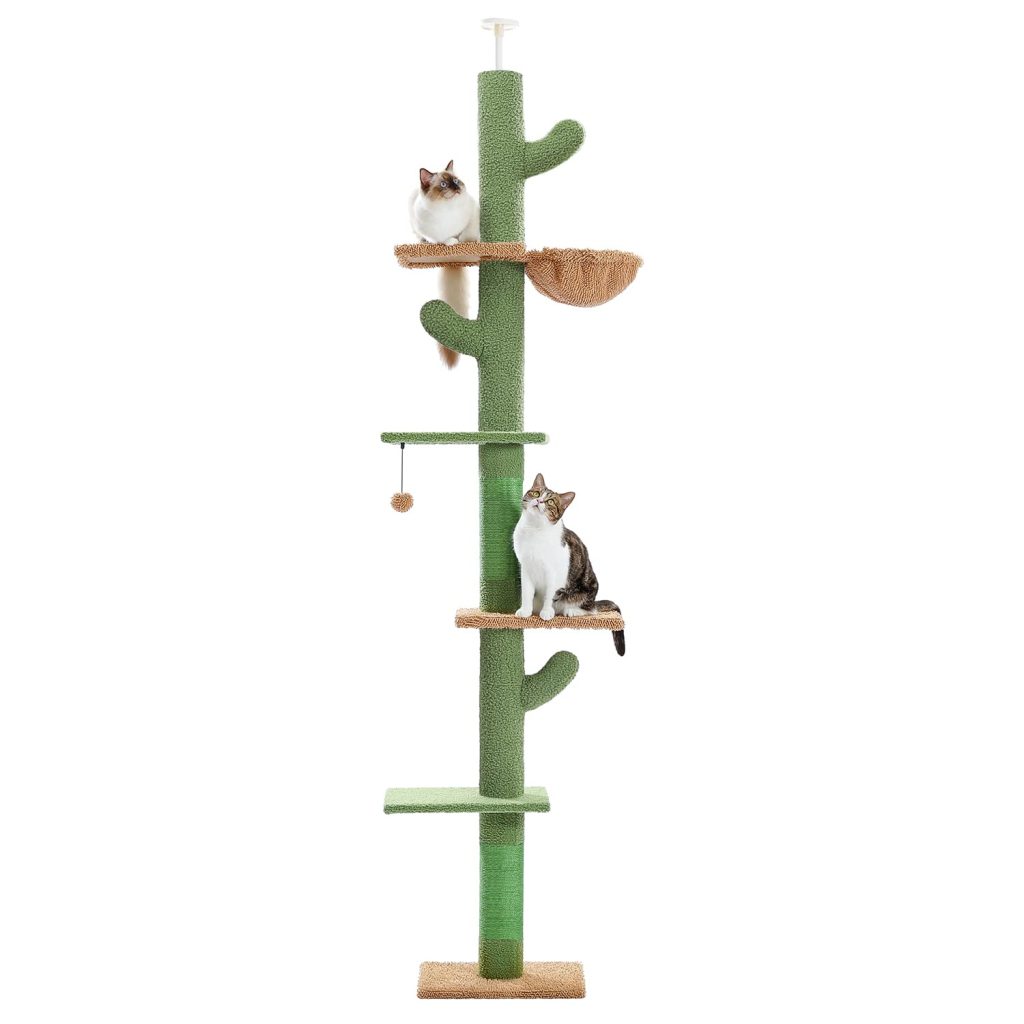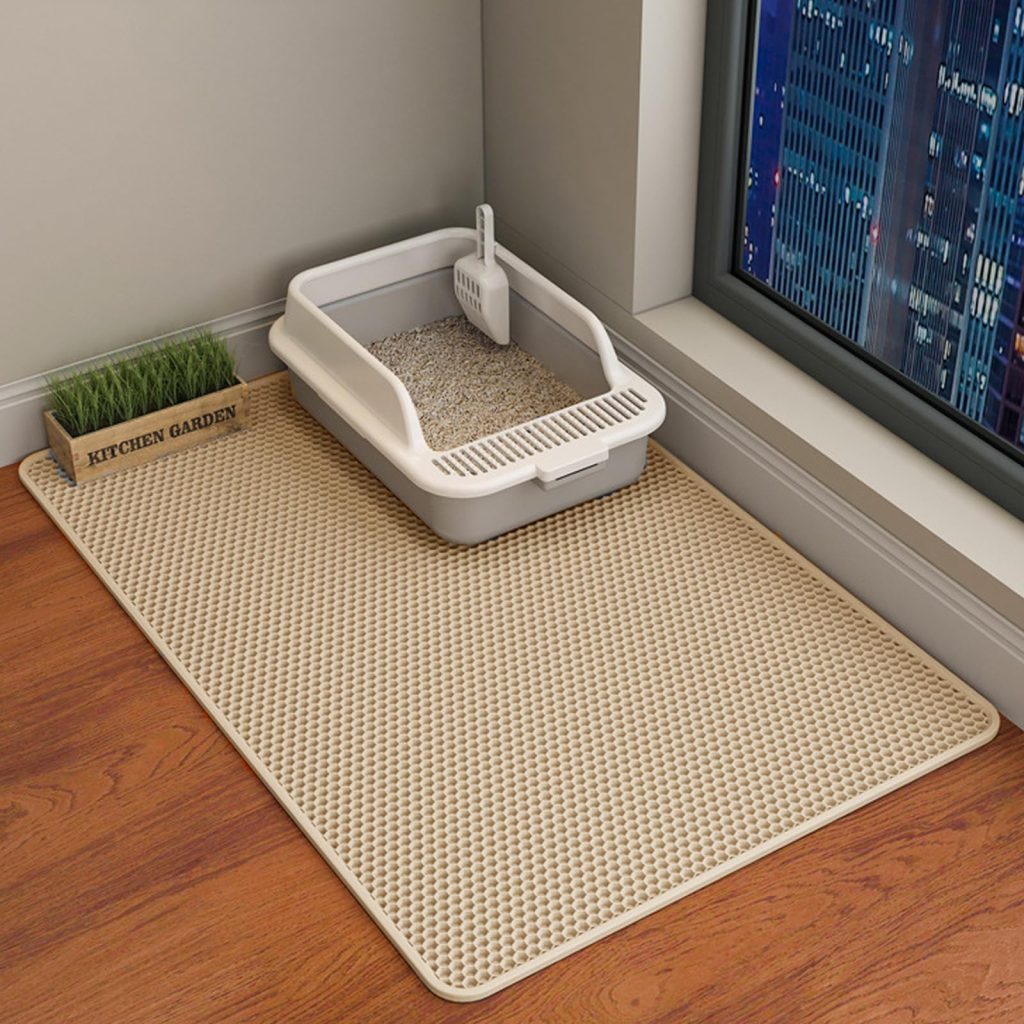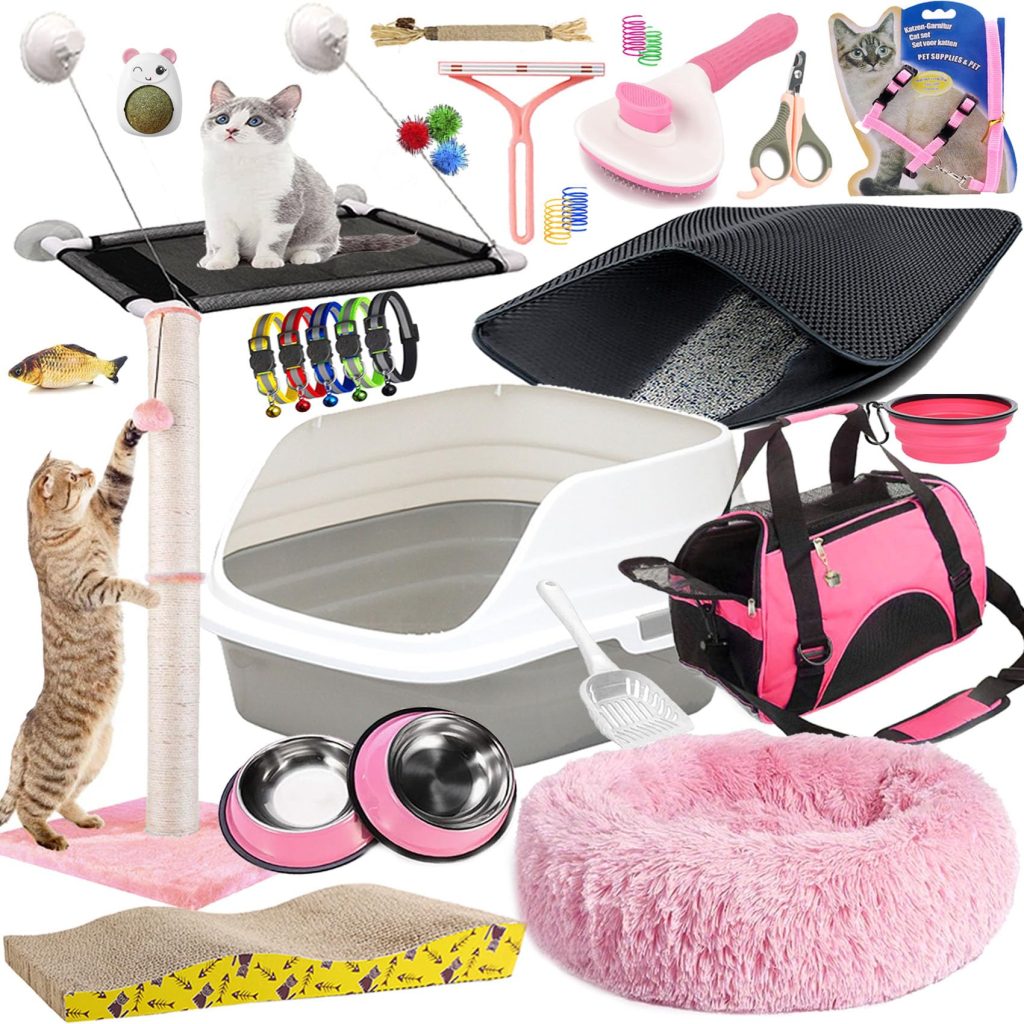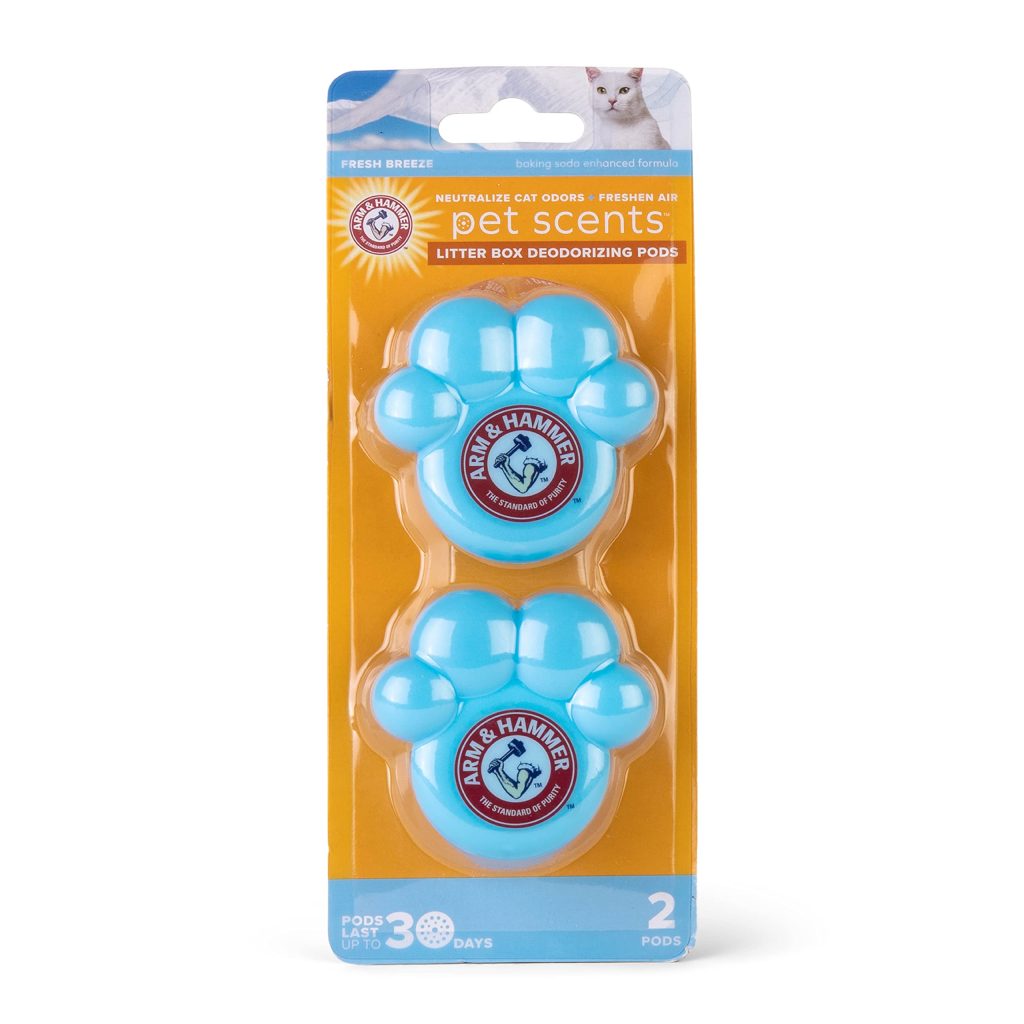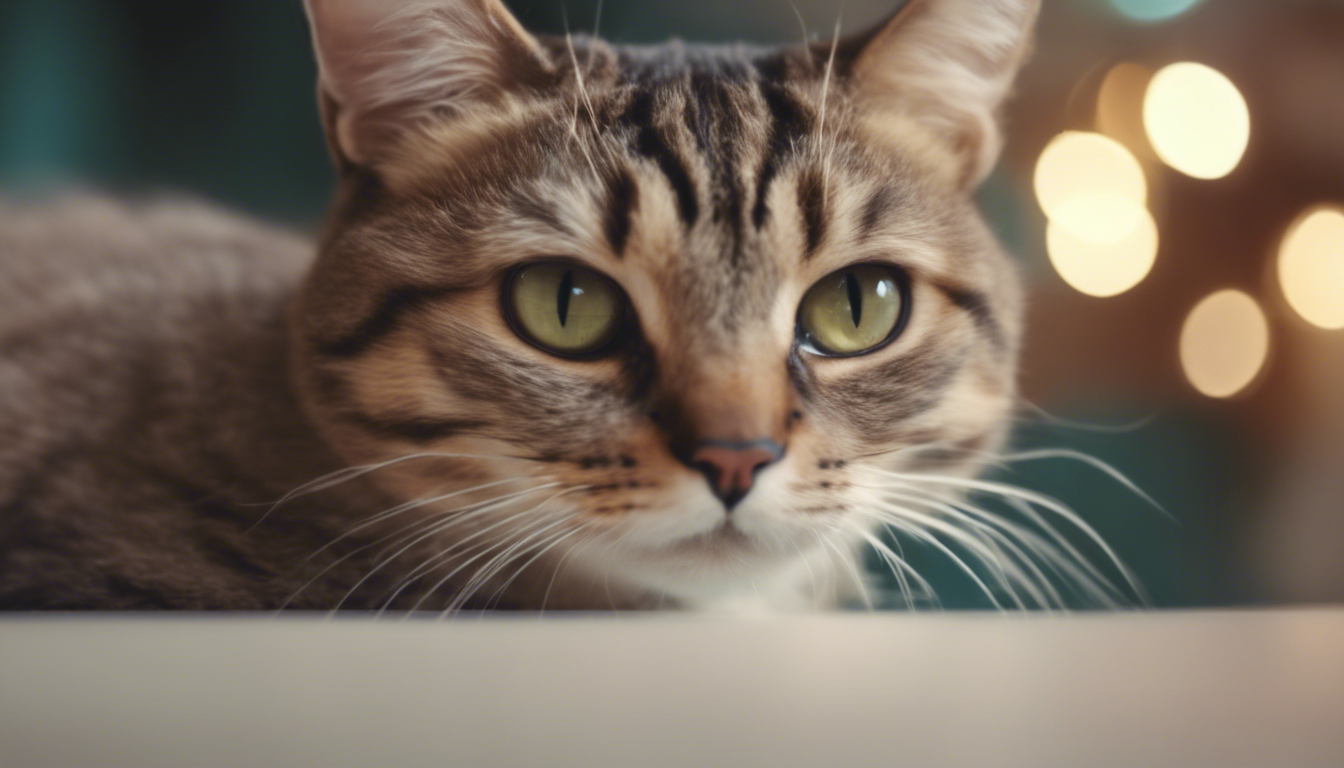
Symptoms of Diabetes in Cats
Picture your feline friend—they’re playful, curious, and always up for some treats, right? But what if Fluffy starts to show some changes that are out of the ordinary? Knowing the signs of diabetes in our purring pals especially important because, just like humans, cats can get diabetes too. And it’s not just about their health; it is about keeping those feisty and affectionate moments going strong for years to come.
Now, let’s talk about the telltale signs. Imagine your cat suddenly turns into a water-slurping machine, drinking more than a fish (if fish drank water, that’s). Excessive thirst is a red flag. And what comes must go, so you’ll notice they’re visiting the little litter box room way more often. We’re talking clumps galore, folks.
Next, there’s the hunger paradox. Despite scarfing down food like it’s going out of style, your cat might start losing weight. And we’re not talking about a trend-worthy cat diet; it’s like they have a bottomless pit for a stomach but the scale tells a different story. If your usually plump kitty is melting away into a shadow of their former self, now, let’s perk those ears up.
Keep an eye out for a fur coat that’s lost its mojo. A cat that once prided itself on glossy, luxurious fur might now have a coat this is as dull and matted as an old dish sponge. It’s a sad state for a creature that considers grooming a full-time job.
And let’s not forget about those once-bouncy legs. Is your cat moving like they’ve aged a decade overnight? Weakness in the hind legs or a strange, plantigrade walk—where they’re flat on their whole foot instead of on their toes—can be signs too.
You know how Snickers the cat usually rules the roost, jumping up and down from perches with the agility of a ninja? If those acrobatic displays are dwindling, it could be more than laziness. Lethargy or reduced activity can be a whisper of diabetes knocking at the door.
Last, but certainly not least, if your feline’s breath starts smelling sweeter than usual, and not in a good “just brushed with tuna-flavored toothpaste” way, take note. It could be an odor of concern, pointing to diabetic ketoacidosis, which is fancy talk for “get to a vet pronto.”
While these signs might seem worrisome—and they sure can be—spotting them early could mean a world of difference for your little lion’s health. So, keep your eyes peeled and always remember: cats are masters at hiding discomfort, so catching these symptoms early is like finding the golden ticket for your pet’s ongoing well-being.
Risk Factors for Feline Diabetes
Now, let’s put our detective hats on and look at what puts Mr. Whiskers at risk for this sneaky sugar snatcher—that’s right, we’re talking about feline diabetes. You might be thinking, “my cat just lies around and enjoys the good life,” but that leisurely lifestyle could be part of the problem. One major culprit is, well, chubbiness. When your furry friend packs on extra pounds, it is not just more of them to love—it can lead to insulin resistance which is like kryptonite for their blood sugar levels.
Also, just like humans, age can play a role. Older kitties, particularly those who’ve celebrated their seventh birthday and beyond, are more likely to develop diabetes. The golden years can be a golden time for cats, but they come with some health considerations.
Breed can also have its say in the matter. Certain breeds, like Burmese cats, seem to be more prone to diabetes, though the reason isn’t always clear. It seems the genetic lottery may include some not-so-fun prizes.
Another point worth mentioning is something that’s totally out of Fluffy’s paws—medication. Some drugs can increase the risk of diabetes, especially if they are part of your cat’s regular regimen. For example, steroids are well-known party crashers when it comes to balanced blood sugar levels.
Now, for all of you who serve up a daily buffet of treats for your cat, be warned. A diet this is high in carbohydrates can be a risk factor. Remember, our feline friends are not humans; they’re stealthy predators built for a protein-rich feast. Too much of the starchy stuff can mess with their inner workings.
And don’t forget about our male kitty compadres—gender is a factor too, with male cats being more likely to develop this condition. So, if your boy cat seems a bit too fond of his naps and snacks, it might be time to encourage some mouse-chasing exercises.
So, what does all this mean for your whiskered sidekick? Ponder of it this way: just like maintaining a car, prevention is key. A slinky waist, a diet fit for a carnivore, and regular checkups can help keep diabetes at bay. And though you can’t change their age or breed, staying informed and vigilant is the best way to keep them purring for years to come.
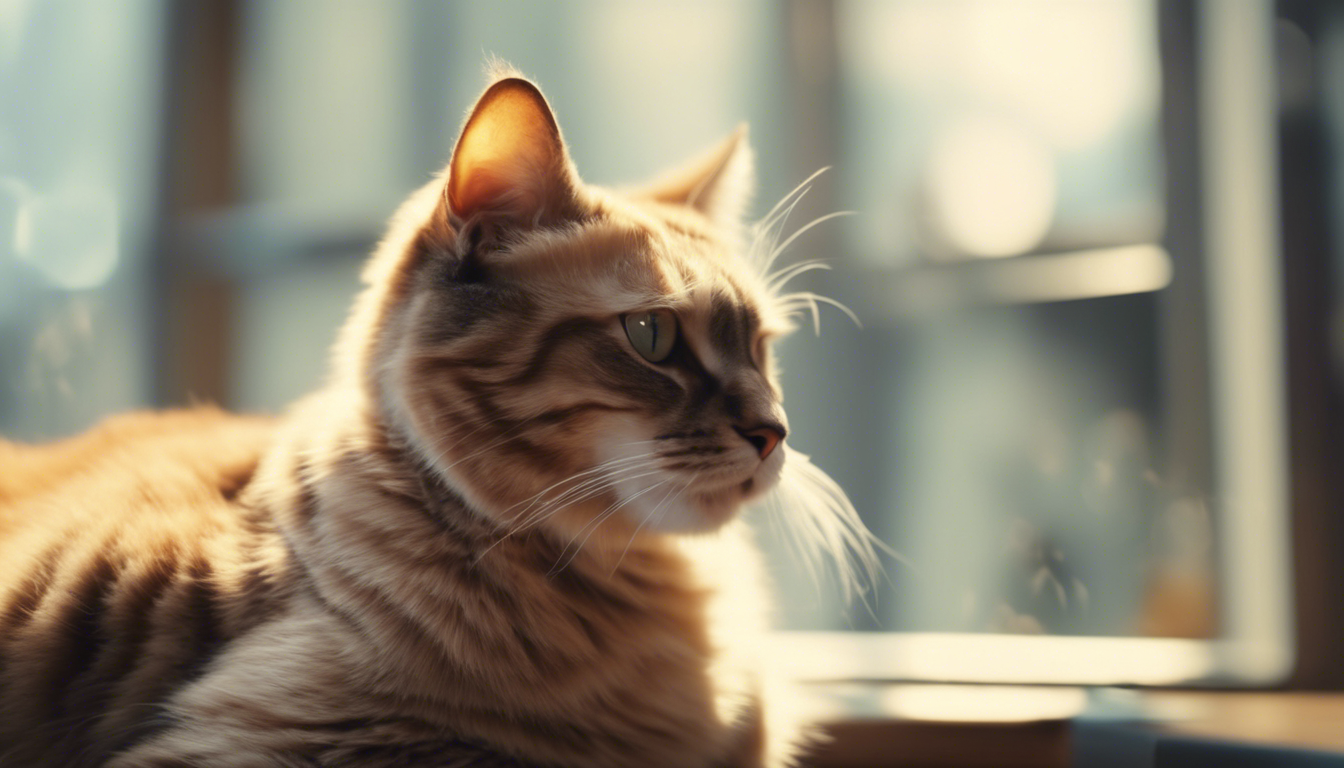
Diagnostic Tests for Cat Diabetes
When it comes to the nitty-gritty of diagnosis, your vet is the Sherlock Holmes of the animal world. They’ll play detective and run some tests to either give your cat the all-clear or confirm if diabetes is the culprit behind their symptoms. So what exactly is on the docket for these tests?
First and foremost, your vet will likely recommend a blood glucose test. It’s a simple blood test that measures your kitty’s sugar levels. A single elevated blood glucose level isn’t enough to diagnose cat diabetes due to stress-related spikes (because let’s face it, no cat enjoys a medical excursion). So, they might need to check it several times or perform a fructosamine test, which gives a longer-term picture of blood glucose levels, minus the stress-induced fireworks.
Next up, there’s the urinalysis, a test that might make Fluffy a little peeved—but it’s crucial. It checks for glucose or ketones in the urine, both indicators that something’s amiss. And while we’re on the topic of urine, a urine culture might be done to rule out infections, which can complicate or mimic diabetes.
In more complex cases or when other symptoms are present, your vet might take things up a notch and suggest a complete blood count (CBC) and a blood chemistry panel. These tests are like getting a peek under the hood, offering insights into how various organs are functioning and checking for conditions that could be related to or affect diabetes. They are key in painting the full health picture of your furry friend.
After collating all this information, your vet will sit down and give you the lowdown on your cat’s health status. If it turns out your cat does have diabetes, don’t fret too much—this feline hitchhiker can often be managed well with the right treatment and care. This is where the partnership between you, your cat, and your vet really kicks into gear to maintain your cat’s health and quality of life.
And remember, while these medical terms and tests might sound daunting, they’re all in a day’s work for your vet. Their goal is to help your cat get back to their sprightly, curtain-climbing, box-sitting selves. As a responsible cat parent, just knowing what to expect can take some of the mystery out of the process and help you provide the best support for your four-legged family member.
Management and Treatment Options
Stepping into the world of feline diabetes management can feel like navigating a labyrinth, but with a sprinkle of education and a dash of dedication, you can be a ray of hope for your sweet, whiskered friend. By partnering with your vet, you’ll figure out the best game plan to keep your kitty’s glucose levels as steady as a cat’s focus on a fluttering butterfly.
Treatment often starts with the basics: insulin therapy. Ponder of insulin like a key that unlocks your cat’s cells, helping them to absorb the sugar this is loitering in their bloodstream. You’ll become a pro at giving these injections, and much to your surprise, Fluffy may handle it better than expected. It’s all about gentle pats, soothing words, and maybe a treat or two for bravery—for both of you!
But treatment isn’t just about the needle; it is also about the food bowl. Dietary management is pivotal. Your vet may recommend a low-carbohydrate, high-protein diet, which makes sense since cats are natural carnivores. These diets can help control blood sugar spikes, turning meal times into a science of love. Plus, seeing your cat enjoy a savory, healthy meal is one of life’s simple joys.
Let’s talk about that other thing—exercise. Engaging your cat in regular play can not only bolster your bond but also help them shed any excess weight and improve their insulin sensitivity. Imagine the joy of your cat chasing a laser pointer with the health benefits of a mini workout!
Monitoring your cat’s progress is as essential as the treatment itself. You might be introduced to home blood glucose monitoring. Consider of it as a DIY project with a purpose. With a tiny prick to their ear (they’ll barely notice, pinky promise), you can keep a log of their levels, making you an active participant in their health journey.
Regular check-ups with your vet can’t be skipped either. These visits are like pit stops to ensure everything is smooth sailing (or as much as it can be with a cat!). Your vet will check the effectiveness of the treatment and make any necessary tweaks, keeping your feline’s health in the fast lane to recovery.
And if diabetes has thrown your cat’s body a curveball, additional medications or supplements may come into the play. Each cat is a unique puzzle, and sometimes, it takes a few extra pieces to complete the health picture.
Whether it is mastering the art of insulin injections, getting crafty with a cat-friendly diet, or transforming your living room into an adventure park for exercise sessions, managing your cat’s diabetes can weave new threads of care and compassion into the tapestry of your life together. It isn’t just about tackling a condition; it’s an act of love—a commitment to ensure your ball of fur lives a purr-filled, enjoyable life.
